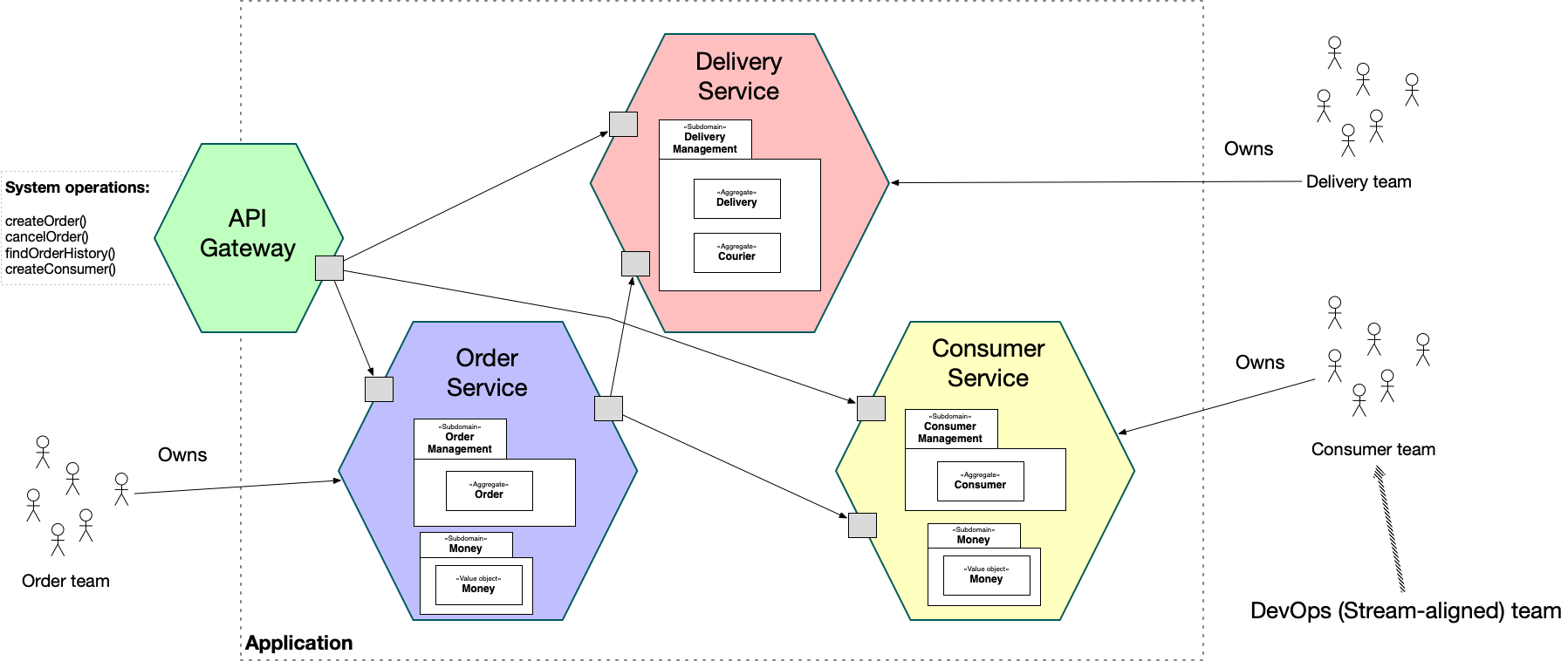Understanding Microservices: A Comprehensive Guide
Understanding Microservices: A Comprehensive Guide
What are Microservices?
Microservices, or the microservice architectural style, is a method of developing software systems as a suite of small, independent services. Each service runs in its own process and communicates with other services using lightweight mechanisms, often HTTP-based APIs. This approach contrasts sharply with monolithic architectures, where the entire application is built as a single, unified codebase.
Key Characteristics of Microservices
Componentization via Services
Each microservice is a component that encapsulates a specific business capability. These services are developed, deployed, and maintained independently.
Organized Around Business Capabilities
Microservices are structured around business functions rather than technical layers. This organization helps teams focus on delivering specific business value.
Products, Not Projects
Teams are organized around long-term product management rather than temporary project-based assignments. This promotes continuous improvement and ownership.
Smart Endpoints and Dumb Pipes
Microservices emphasize simple communication protocols, often HTTP, with minimal intelligent routing. The intelligence resides within the services themselves.
Decentralized Governance and Data Management
Each service can use different technologies and data storage solutions best suited to its needs. This decentralization allows for greater flexibility and innovation.
Infrastructure Automation
Automated deployment and scaling are essential for managing the complexity of microservices. Continuous integration and deployment pipelines are standard practices.
Design for Failure
Microservices must be designed to handle failures gracefully. Techniques like circuit breakers and retries are used to ensure system resilience.
Evolutionary Design
Microservices support incremental changes and continuous evolution. This adaptability is crucial for responding to changing business requirements.
Benefits of Microservices
Strong Module Boundaries
Microservices enforce clear boundaries between different parts of the system, making it easier to manage and scale, particularly for large teams.
Independent Deployment
Each service can be deployed independently, reducing the risk of system-wide failures and enabling faster release cycles.
Technology Diversity
Teams can choose the best technologies for each service without being constrained by a single technology stack.
Challenges of Microservices
Distribution
Microservices are inherently distributed systems, which introduces complexities like network latency, security, and data consistency.
Eventual Consistency
Maintaining strong consistency across distributed services is challenging. Microservices often rely on eventual consistency, which requires careful management.
Operational Complexity
Managing a large number of microservices requires a mature operations team and sophisticated monitoring and logging infrastructure.
When to Use Microservices
Microservices offer significant advantages, but they come with trade-offs. They are particularly beneficial for large, complex systems that require high scalability and flexibility. However, for many situations, a monolithic architecture might be more appropriate, especially for smaller teams or simpler applications.
Microservices and Monoliths
A common pattern in successful microservice implementations is to start with a monolith and then gradually break it down into microservices. This approach allows teams to build a well-structured system and identify natural service boundaries before transitioning to a microservices architecture.
Microservice Prerequisites
Before adopting microservices, it's essential to have certain baseline competencies:
- Automation: Continuous integration and deployment pipelines are crucial.
- Monitoring and Logging: Sophisticated monitoring and logging solutions are needed to manage the complexity of multiple services.
- Team Maturity: A mature operations team is required to handle the operational challenges of microservices.
Conclusion
Microservices offer a powerful architectural style for building scalable, flexible, and resilient systems. However, they also introduce significant complexity and require careful planning and execution. By understanding the key characteristics, benefits, and challenges of microservices, teams can make informed decisions about when and how to adopt this approach.
For more detailed information, insights, and examples, consider reading Martin Fowler's articles on microservices.


Comments
Post a Comment